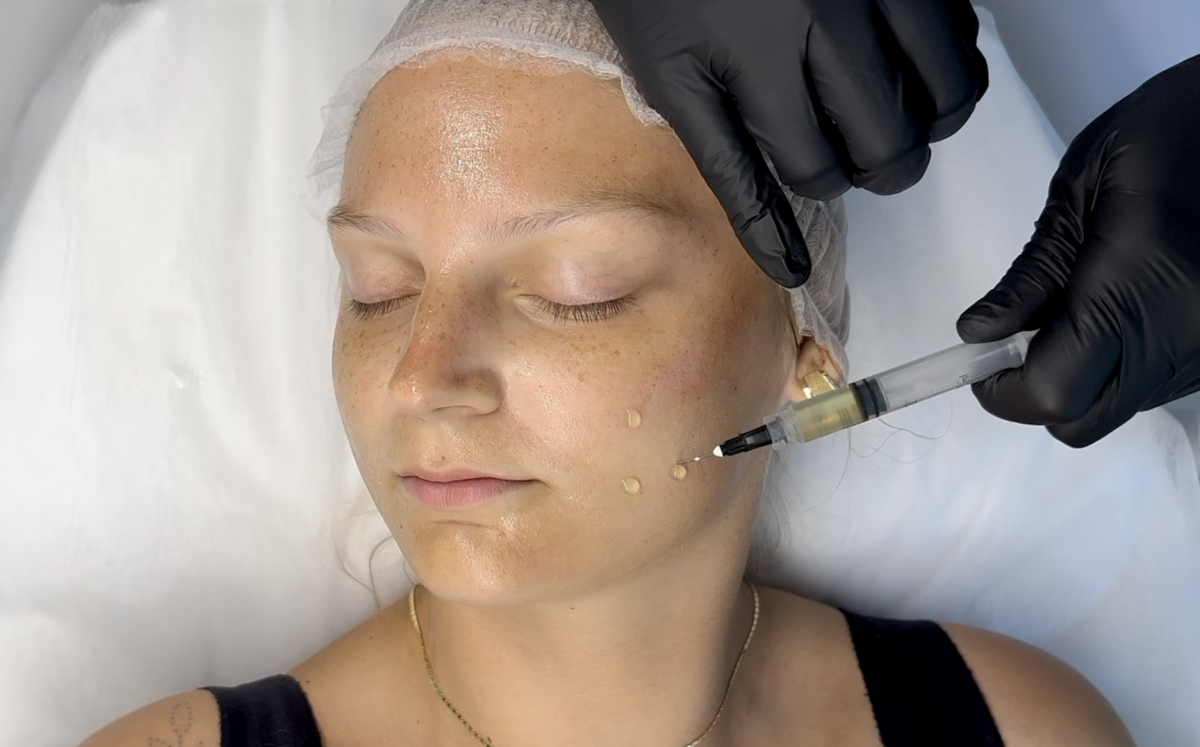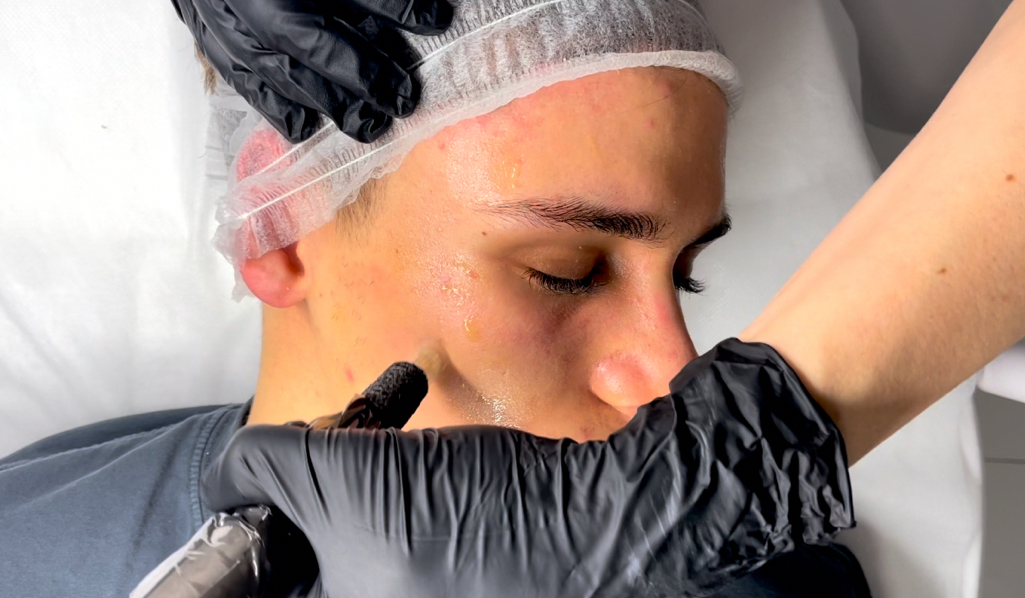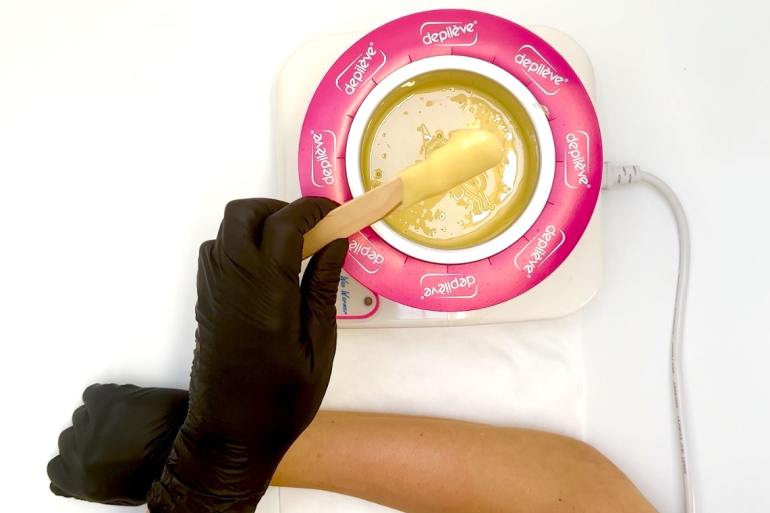If you want to grow your skills at your own pace and truly invest in your future — you’re in the right place. Thousands of students have already chosen Beauty Expert Online to gain internationally recognized beauty qualifications. Our online programs reach students in over 200 markets worldwide, giving access to modern, flexible beauty education — no matter where you live.
Best Treatments for Hyperpigmentation That Actually Work

Hyperpigmentation remains one of the most common reasons clients seek professional skincare treatments. Modern aesthetics now offers a wide spectrum of science-based solutions targeting different stages of melanogenesis—from melanocyte activity to melanosome transfer and surface pigment removal. This guide explains the most effective brightening ingredients, how they work, and how professionals integrate them into advanced skin-clinic protocols.
Understanding How Hyperpigmentation Forms
Hyperpigmentation develops through a complex sequence of physiological steps:
- melanocyte activation,
- melanin synthesis,
- enzymatic processes within melanosomes,
- melanosome transfer to keratinocytes,
- distribution into upper skin layers.
While genetic predispositions affect early stages, aesthetic treatments can effectively target later mechanisms, especially enzymatic reactions and melanin transport.
The most influential external trigger is UV radiation, which stimulates melanin production through oxidative stress, DNA changes, and activation of the MITF transcription factor. These cascades accelerate tyrosinase activity—making it a key target in brightening therapies.
The Role of Tyrosinase in Dark Spot Formation
Tyrosinase is the central enzyme responsible for converting tyrosine into melanin. When its activity increases, pigmentation intensifies. By inhibiting this enzyme, professionals significantly slow the formation of new pigment and reduce existing discoloration.
Blocking tyrosinase is often compared to “removing flour from a cake recipe”—without it, melanin simply cannot be produced.

Most Effective Skin-Brightening Ingredients Used in Professional Treatments
1. Tyrosinase Inhibitors (melanin-blocking ingredients)
These ingredients directly interfere with melanin synthesis:
- Arbutin – phenolic glycoside that limits tyrosinase activity without irritating the skin.
- Kojic acid – produced by fermenting certain fungi; reduces melanin formation and binds copper ions needed for tyrosinase activity.
- Azelaic acid – inhibits tyrosinase and reduces inflammatory pigmentation; effective even at 15% concentration.
- Licorice extract (glabridin) – decreases melanocyte activity and provides anti-inflammatory benefits.
- Vitamin C (ascorbic acid) – interrupts melanin formation and provides strong antioxidant protection.
- Niacinamide (vitamin B3) – reduces melanosome transfer from melanocytes to keratinocytes.
2. Exfoliating Acids for Surface Pigment Reduction
AHAs and BHAs accelerate epidermal renewal, helping fade existing discoloration:
- Glycolic acid – brightens, smooths, and enhances penetration of other ingredients.
- Lactic acid – dissolves superficial dead cells while maintaining hydration.
- Mandelic acid – gentle yet effective for melasma and post-inflammatory pigmentation.
- Retinoids – regulate cell turnover and melanocyte activity.
3. Antioxidants Protecting Against Oxidative Pigmentation
Melanin overproduction is heavily linked to oxidative stress. Professional formulas often combine tyrosinase inhibitors with:
- glutathione,
- beta-carotene,
- astaxanthin,
- vitamins C & E.
This synergy prevents the “domino effect” that leads to dark spot formation.
Plant-Based Brightening Agents in Modern Cosmetology
Botanical extracts can support professional depigmentation therapies by reducing oxidative stress and influencing melanocyte behavior. Common examples include:
- mulberry extract,
- licorice root,
- bearberry,
- white peony,
- resveratrol-rich plant sources.
Many of these natural ingredients modulate enzymatic reactions or reduce inflammatory pathways contributing to hyperpigmentation.
Hyperpigmentation can be effectively managed when treatments target different stages of the pigmentation process. Tyrosinase inhibitors, exfoliating acids, antioxidants, and advanced botanical extracts create a multi-directional strategy that enhances clinical outcomes. When combined into consistent protocols, these ingredients deliver brighter, more even, and visibly revitalized skin.











